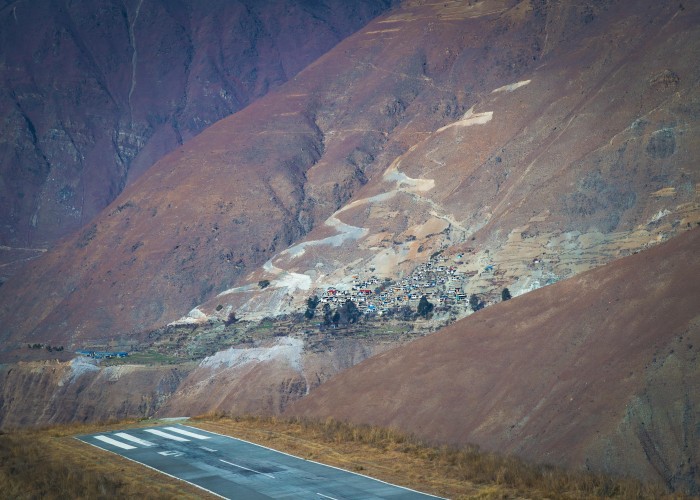The Teton Crest Trail is one of the most iconic long-distance hiking routes in the United States. Stretching through Grand Teton National Park in Wyoming, this trail covers about 40 miles and offers sweeping views of jagged peaks, alpine meadows, and pristine lakes. Teton Crest Trail – Grand Teton, WY, Tour & Trek.
Famous for its breathtaking scenery, the trail attracts hikers from across the world. Many call it a “bucket list” trek because it combines wilderness adventure with some of the most stunning mountain landscapes in North America.
Whether you are an experienced backpacker or an adventure seeker planning your first multi-day trek, the Teton Crest Trail provides an unforgettable journey through high-altitude beauty.
Best Time to Visit
The best time to hike the Teton Crest Trail is mid-July through mid-September.
- July to August: Wildflowers are in full bloom, making the meadows spectacular.
- September: Cooler weather, fewer crowds, and golden fall colors.
Keep in mind that snow can linger on the passes well into July. Early or late in the season may require extra gear for icy conditions.
How to Reach
Grand Teton National Park is located in northwestern Wyoming, near the town of Jackson Hole.
- By Air: The nearest airport is Jackson Hole Airport (JAC), located within the park itself. Flights are available from major U.S. cities.
- By Road: From Jackson Hole, the trailheads can be reached via Highway 191. Rental cars and shuttle services are available.
- By Train: There is no direct train service to Grand Teton, but travelers can reach Salt Lake City or Denver by train and then drive to the park.
Entry Fees and Permits
- Park Entry Fee: As of recent updates, the entrance fee for Grand Teton National Park is approximately $35 per vehicle (subject to change).
- Backcountry Permit: Required for overnight stays on the Teton Crest Trail. These permits are limited and should be reserved in advance through the National Park Service.
- Bear-Resistant Canister: Mandatory for food storage during the trek.
Food Availability and Meals
There are no restaurants or food stalls along the Teton Crest Trail. Hikers must carry all their meals and snacks.
- Recommended Options: Dehydrated meals, trail mix, protein bars, nuts, and dried fruit.
- Water: Streams and lakes are available, but water must always be filtered or treated before drinking.
Planning meals carefully is important to balance nutrition with lightweight packing.
Packing List and Essentials
A successful trek requires proper gear. Essentials include:
- Backpack (lightweight but spacious)
- Tent or lightweight shelter
- Sleeping bag rated for cold nights
- Water filter or purification tablets
- Cooking stove and fuel
- Dehydrated meals and snacks
- Bear-resistant food container (required)
- First aid kit
- Map, compass, or GPS
- Trekking poles
- Rain gear and warm clothing
- Sturdy hiking boots
Safety Tips and Local Regulations
- Wildlife Awareness: Grizzly and black bears inhabit the area. Carry bear spray and know how to use it.
- Altitude Caution: The trail reaches over 10,000 feet in elevation. Stay hydrated and pace yourself to avoid altitude sickness.
- Leave No Trace: Pack out all trash and minimize campfire use.
- Weather: Afternoon thunderstorms are common in summer. Always start early in the day. Teton Crest Trail – Grand Teton, WY, Tour & Trek.
- Group Travel: Hiking with others is safer than trekking alone.
Tips for Beginners or First-Time Visitors
- Train with smaller hikes before attempting the full 40 miles.
- Break the trek into manageable sections over 4–6 days.
- Reserve backcountry permits early to secure campsites.
- Check daily weather forecasts at ranger stations.
- Start with lighter gear to avoid exhaustion.
Local Customs or Cultural Etiquette
While the Teton Crest Trail is primarily a wilderness experience, it passes through lands with deep cultural and natural significance.
- Respect Native American heritage connected to the Tetons.
- Follow all park rules regarding wildlife and land use.
- Greet fellow hikers with courtesy; trail etiquette is an important part of outdoor culture.
FAQs about the Teton Crest Trail
1. How long does it take to complete the trail?
Most hikers take 4 to 6 days, depending on pace and chosen route.
2. How difficult is the trail?
The trek is considered moderate to challenging, with steep climbs and high altitude sections.
3. What is the elevation?
The trail’s elevation ranges from about 6,700 feet to over 10,500 feet at its highest passes.
4. Are restrooms available?
Only basic facilities (pit toilets) exist at some designated campsites. Otherwise, hikers must follow Leave No Trace practices. Teton Crest Trail – Grand Teton, WY, Tour & Trek.
5. Can beginners hike the Teton Crest Trail?
Yes, but beginners should prepare thoroughly, train beforehand, and consider shorter sections rather than attempting the full route on their first trip.
6. Do I need to worry about wildlife?
Yes. Bears, moose, and elk are common. Proper food storage and caution are essential.
7. Is camping allowed anywhere along the trail?
Camping is restricted to designated backcountry sites with a valid permit.
8. Can I hike solo?
Solo hiking is allowed but not recommended due to safety risks.
Final Thoughts
The Teton Crest Trail is more than just a hike—it’s an immersive journey through the rugged beauty of the American West. From panoramic ridge walks to quiet alpine lakes, every step reveals a new side of Wyoming’s wilderness. Teton Crest Trail – Grand Teton, WY, Tour & Trek.






Leave a Reply